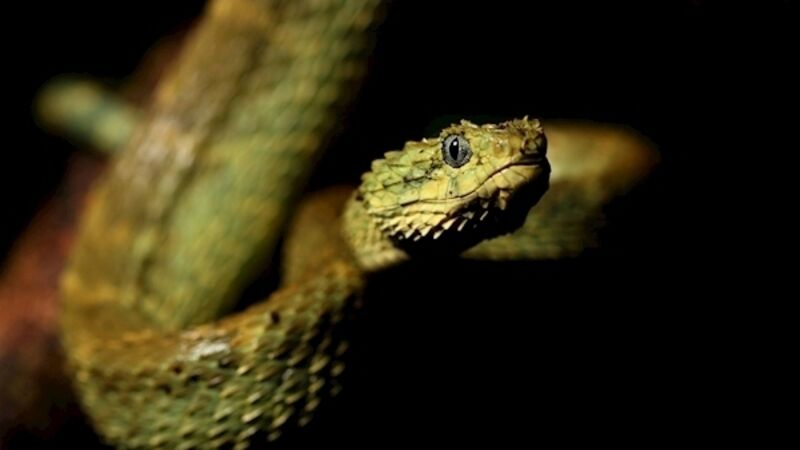Deadliness of snake venom linked to diet

Diet may decide the deadliness of a snake’s venom, according to research led by Irish scientists.
The researchers from NUI Galway and Trinity College Dublin were part of an international team. Their work could contribute to a greater understanding of the dangers of snakebites (2.5m people a year are bitten).













